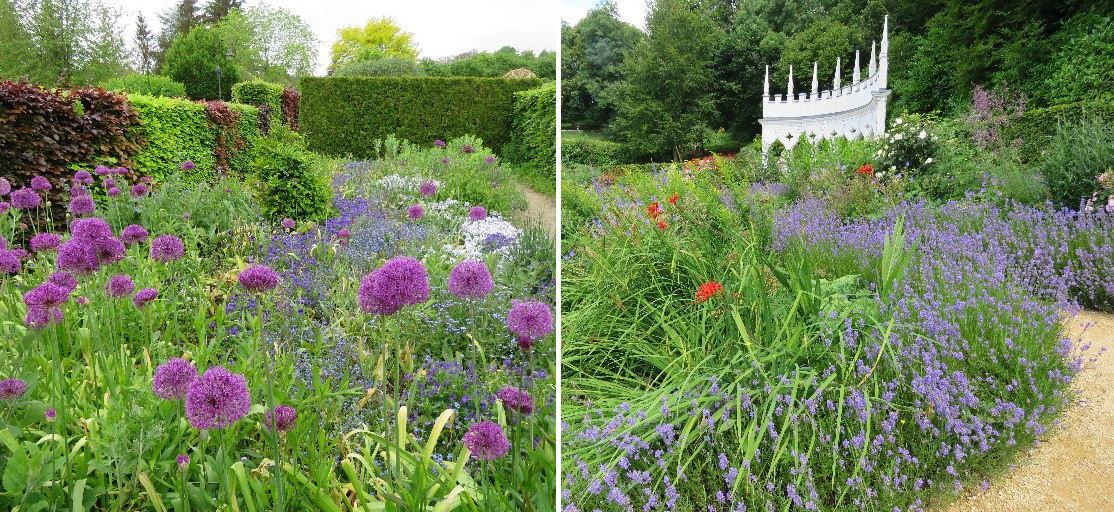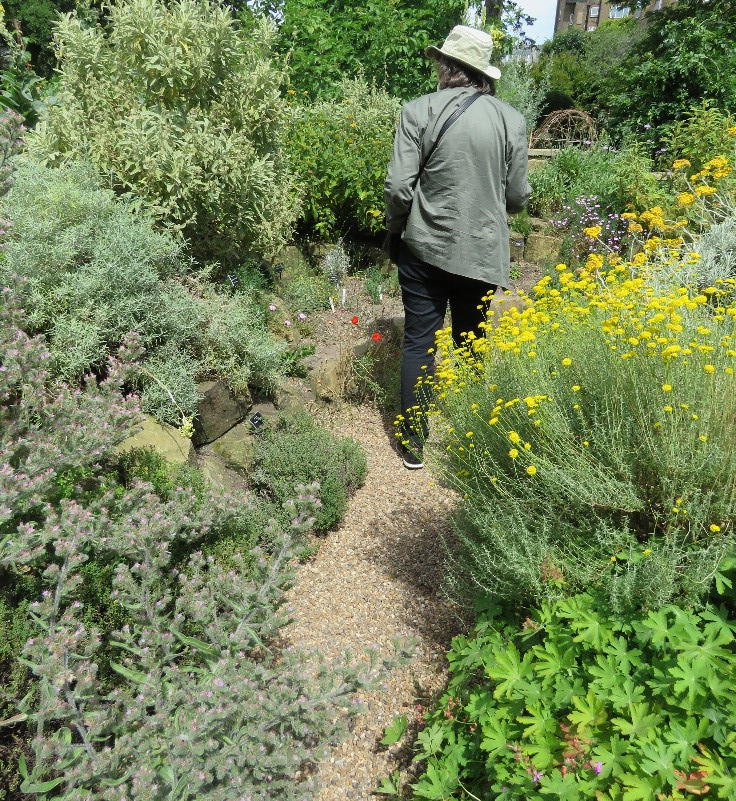Smart gardening with deer: Buffet versus buffer garden designs
Follow these planting techniques and plant suggestions to limit deer damage and better share space with wildlife.

Whitetail deer are now commonplace in most environments where we live—rural, suburban or urban. With less natural habitat, less risk of predation, greater acclimation to humans, and the teeth and stomachs capable of consuming many kinds of plants, deer are one of the biggest threats to our gardens. Fortunately, there are plants and planting techniques that gardeners can use to limit deer damage and better share space with wildlife.
There are many smart ways to deter deer. Two connected ways are to plant a variety of plants that deer avoid and to transition from a simple landscape design with “buffet-style” offerings to a more complicated and large-scale design that “buffers” the damage.
It is hard to guarantee that deer will not eat any plant. Hungry enough, they will eat just about anything, yet deer have clear preferences when presented with a variety and abundance of plants. If you focus on certain plants over others and diversify and expand those deer-resistant gardens over larger spaces, you may have greater success when dealing with deer and other plant-eating animals.

On a design level, deer-resistant plants often look stunning planted all together and intermingled with other plants rather than planted in small numbers on their own. Aside from that beauty, those complex and larger scale designs can potentially buffer predation, i.e., more forage than what could be eaten, not to mention improve garden habitat and ecology by supporting beneficial insects and pollinators, increasing resilience to plant disease, etc.
When new designs are applied across even larger regional levels, such as an entire subdivision or town, those aesthetic and ecological benefits increase even more. In contrast, small scale garden designs that only have one or two plants that deer like, such as a narrow border of tulips adjacent to a lawn, or a couple rose bushes next to a house foundation, provide the perfect walk up buffet.

From a research perspective, studies that clearly demonstrate whether a complicated design with deer-resistant plants decreases the rate of deer browsing are lacking, but those complicated designs certainly make sense from an ecological and predator-prey standpoint. Furthermore, gardeners could be the very citizen scientists to help validate those outcomes. Consider trying and assessing these alternative designs yourself. Afterall, the alternative is an annual effort to block and repel deer from the garden buffet that is already there.



 Print
Print Email
Email